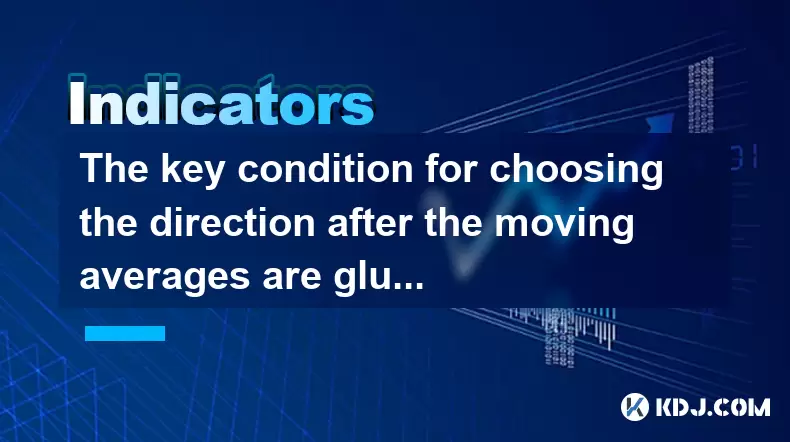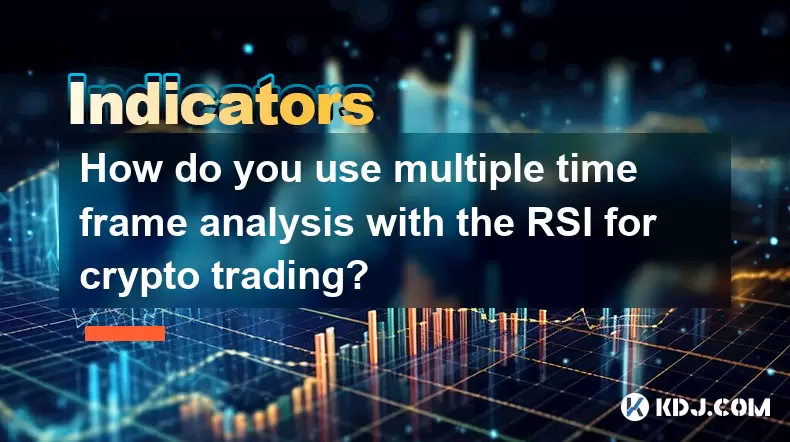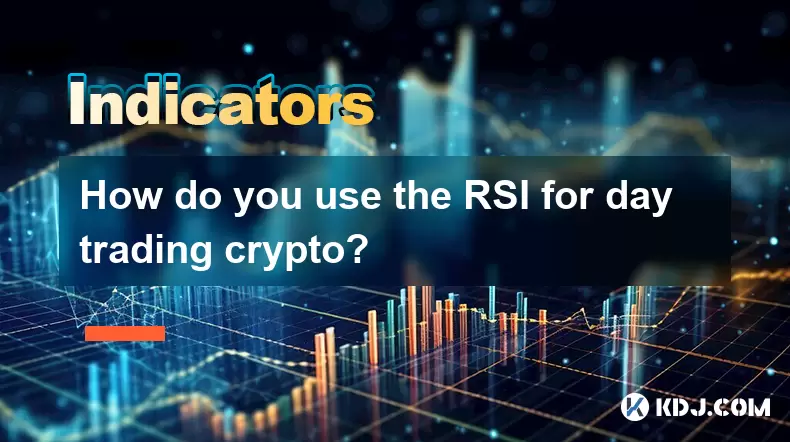-
 Bitcoin
Bitcoin $118400
0.47% -
 Ethereum
Ethereum $3836
2.20% -
 XRP
XRP $3.157
2.98% -
 Tether USDt
Tether USDt $0.9999
-0.03% -
 BNB
BNB $801.5
1.31% -
 Solana
Solana $180.9
2.07% -
 USDC
USDC $0.9999
-0.02% -
 Dogecoin
Dogecoin $0.2225
2.50% -
 TRON
TRON $0.3285
-1.02% -
 Cardano
Cardano $0.7789
2.60% -
 Hyperliquid
Hyperliquid $43.60
2.39% -
 Sui
Sui $3.892
4.41% -
 Stellar
Stellar $0.4229
3.34% -
 Chainlink
Chainlink $18.01
3.98% -
 Hedera
Hedera $0.2745
6.77% -
 Bitcoin Cash
Bitcoin Cash $582.3
3.38% -
 Avalanche
Avalanche $23.77
1.04% -
 Ethena USDe
Ethena USDe $1.001
0.01% -
 Toncoin
Toncoin $3.493
3.59% -
 Litecoin
Litecoin $110.0
2.48% -
 UNUS SED LEO
UNUS SED LEO $8.936
-0.37% -
 Shiba Inu
Shiba Inu $0.00001304
2.49% -
 Uniswap
Uniswap $9.999
1.09% -
 Polkadot
Polkadot $3.897
3.26% -
 Monero
Monero $308.6
-0.83% -
 Dai
Dai $0.9999
-0.01% -
 Bitget Token
Bitget Token $4.504
-0.04% -
 Pepe
Pepe $0.00001154
2.95% -
 Cronos
Cronos $0.1471
3.06% -
 Ethena
Ethena $0.6691
19.53%
The key condition for choosing the direction after the moving averages are glued together?
Glued moving averages signal market consolidation, with price action and volume helping traders anticipate breakouts in crypto trends.
Jun 22, 2025 at 09:00 am

Understanding the Concept of Glued Moving Averages
When moving averages are glued together, it refers to a situation where multiple moving averages (such as the 50-day, 100-day, and 200-day) converge closely on a price chart. This phenomenon often signals a period of consolidation or indecision in the market. The term "glued" implies that these lines appear almost merged or tightly packed, indicating that short-term, medium-term, and long-term trends are aligning.
In cryptocurrency trading, this pattern is especially significant due to the volatile nature of digital assets. Traders look for clues about future price movement when such convergence occurs. However, the key condition for choosing the direction after this event lies in understanding the context of the market structure and confirming breakout signals.
Glued moving averages act as both support and resistance levels, depending on the direction of the price breakout.
Analyzing Market Structure Before the Breakout
Before attempting to determine the direction post-glue, traders must evaluate the broader market environment. Is the asset in an uptrend, downtrend, or sideways consolidation? The answer significantly impacts how glued moving averages should be interpreted.
For example, if the price has been trending upward before the moving averages converged, a breakout above the clustered averages may signal a continuation of the uptrend. Conversely, if the price has been declining, a breakdown below the cluster could indicate further bearish momentum.
Traders should also consider volume patterns during the glue phase. A surge in volume during the breakout can validate the strength of the move. In contrast, low-volume breakouts are often considered unreliable.
- Identify the trend leading up to the glued MA phase
- Monitor volume during and immediately after the breakout
- Use additional tools like RSI or MACD to confirm momentum shifts
The Role of Price Action Confirmation
Price action plays a critical role in determining the correct direction after glued moving averages form. Candlestick patterns such as engulfing bars, pin bars, or inside bars near the convergence zone can provide early signs of a potential breakout direction.
A bullish engulfing candle forming just above the glued MAs might suggest buyers are taking control. Similarly, a strong bearish candle closing below the cluster could signal a shift in control to sellers.
It’s important to wait for a clear close beyond the moving average cluster before entering a trade. Premature entries based solely on proximity to the glued MAs can lead to false signals.
- Look for candlestick reversal patterns near the glued area
- Wait for a confirmed close beyond the cluster before acting
- Avoid entering trades based on shadows or wicks alone
Using Support and Resistance Levels for Direction Clues
Support and resistance levels around the glued moving averages can serve as additional confirmation tools. If the glued MAs coincide with a historical support level, a bounce from that zone could indicate continued bullish pressure.
Conversely, if the glued MAs align with a prior resistance level that has now flipped into support, a successful test of that level could reinforce the bullish case. In downtrends, glued MAs near former support turned resistance may suggest a stronger likelihood of downward movement.
Traders should overlay previous swing highs and lows, Fibonacci retracement levels, and pivot points to enhance their analysis.
- Overlay historical support/resistance zones with glued MAs
- Check for confluence between Fibonacci levels and the cluster
- Use pivot points to identify potential turning points near the glued area
Implementing Risk Management Techniques
Even with strong technical signals, risk management remains crucial. When trading off glued moving averages, setting stop-loss orders becomes essential. These can be placed just below the lowest point of the recent swing low in a bullish scenario or above the highest point in a bearish one.
Position sizing should also reflect confidence in the trade setup. A tighter stop may require smaller position sizes, while a clearer pattern might allow for increased exposure.
Additionally, trailing stops can be used once the trade moves in favor, allowing profits to run while minimizing downside risk.
- Place stop-loss orders based on recent volatility and swing extremes
- Adjust position size according to risk tolerance and chart pattern clarity
- Utilize trailing stops to lock in gains during favorable moves
Frequently Asked Questions
Q: Can glued moving averages be applied to any cryptocurrency pair?
Yes, glued moving averages can occur across all crypto pairs including BTC/USD, ETH/USD, and altcoin pairs. However, the reliability of signals may vary based on liquidity and volatility of the specific pair.
Q: How many moving averages need to be glued for this strategy to be effective?
Typically, at least two moving averages (e.g., 50-day and 100-day) need to converge. Using three (like 50, 100, and 200-day) increases the significance of the pattern.
Q: What timeframes work best for analyzing glued moving averages?
Daily and weekly charts are most reliable for identifying glued MAs in crypto markets. Shorter timeframes like 4-hour or 1-hour charts can generate too many false signals.
Q: Should I use glued moving averages in isolation or combine them with other indicators?
It's generally better to combine glued MAs with other tools such as volume indicators, RSI, or MACD for more robust trading decisions.
Disclaimer:info@kdj.com
The information provided is not trading advice. kdj.com does not assume any responsibility for any investments made based on the information provided in this article. Cryptocurrencies are highly volatile and it is highly recommended that you invest with caution after thorough research!
If you believe that the content used on this website infringes your copyright, please contact us immediately (info@kdj.com) and we will delete it promptly.
- SEC, Crypto, and Securities: Navigating the New Frontier
- 2025-08-01 05:10:12
- Cardano (ADA) Market Cap: Can It Compete with Emerging Cryptocurrencies and Meme Coins?
- 2025-08-01 04:30:12
- SEC, Crypto, and On-Chain: Navigating the Regulatory Maze
- 2025-08-01 02:31:40
- Jito Labs, Solana, and Liquid Staking: Riding the Wave of Innovation
- 2025-08-01 03:50:12
- Perpetual DEX: Navigating Onchain Trading and Solving Core Problems, a NY Perspective
- 2025-08-01 03:57:53
- Bitcoin Bullish Market: How Long Positions are Boosting the Crypto King
- 2025-08-01 02:35:33
Related knowledge

How do you use multiple time frame analysis with the RSI for crypto trading?
Aug 01,2025 at 05:19am
Understanding the Role of RSI in Crypto TradingThe Relative Strength Index (RSI) is a momentum oscillator that measures the speed and change of price ...

How can you use the RSI to determine exit points in crypto trades?
Aug 01,2025 at 04:29am
Understanding the Role of RSI in Crypto TradingThe Relative Strength Index (RSI) is a momentum oscillator widely used in the cryptocurrency market to ...

How do you use the RSI for day trading crypto?
Aug 01,2025 at 05:26am
Understanding the RSI in Cryptocurrency TradingThe Relative Strength Index (RSI) is a momentum oscillator that measures the speed and change of price ...

What does it signify when the MACD crosses below the zero line?
Aug 01,2025 at 01:43am
Understanding the MACD IndicatorThe Moving Average Convergence Divergence (MACD) is one of the most widely used technical analysis tools in the crypto...

How does the MACD histogram show momentum?
Aug 01,2025 at 01:16am
Understanding the MACD Histogram and Its Role in Cryptocurrency TradingThe MACD histogram is a visual representation of the difference between the MAC...

What is a MACD crossover?
Jul 31,2025 at 11:52pm
Understanding the Role of Private Keys in Cryptocurrency SecurityIn the world of cryptocurrency, private keys are the cornerstone of ownership and con...

How do you use multiple time frame analysis with the RSI for crypto trading?
Aug 01,2025 at 05:19am
Understanding the Role of RSI in Crypto TradingThe Relative Strength Index (RSI) is a momentum oscillator that measures the speed and change of price ...

How can you use the RSI to determine exit points in crypto trades?
Aug 01,2025 at 04:29am
Understanding the Role of RSI in Crypto TradingThe Relative Strength Index (RSI) is a momentum oscillator widely used in the cryptocurrency market to ...

How do you use the RSI for day trading crypto?
Aug 01,2025 at 05:26am
Understanding the RSI in Cryptocurrency TradingThe Relative Strength Index (RSI) is a momentum oscillator that measures the speed and change of price ...

What does it signify when the MACD crosses below the zero line?
Aug 01,2025 at 01:43am
Understanding the MACD IndicatorThe Moving Average Convergence Divergence (MACD) is one of the most widely used technical analysis tools in the crypto...

How does the MACD histogram show momentum?
Aug 01,2025 at 01:16am
Understanding the MACD Histogram and Its Role in Cryptocurrency TradingThe MACD histogram is a visual representation of the difference between the MAC...

What is a MACD crossover?
Jul 31,2025 at 11:52pm
Understanding the Role of Private Keys in Cryptocurrency SecurityIn the world of cryptocurrency, private keys are the cornerstone of ownership and con...
See all articles

























































































